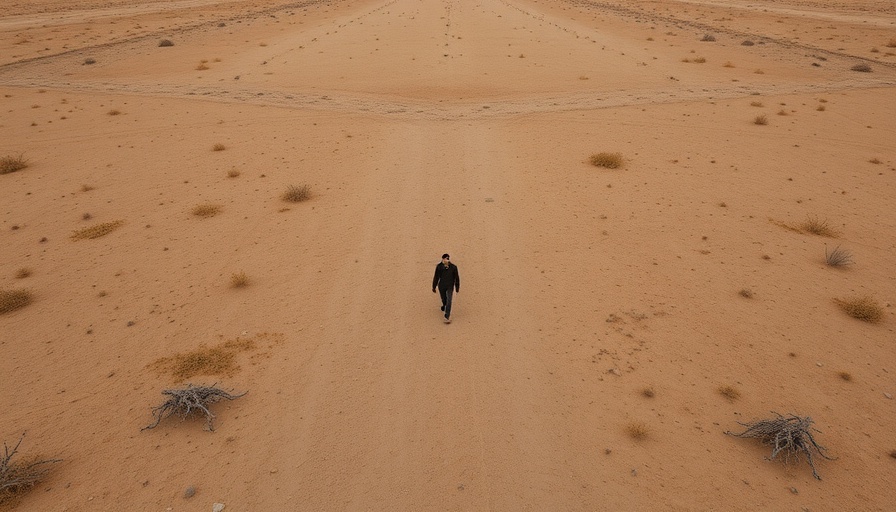
The Transformative Power of Green Logistics in Southern Africa
As Southern Africa strides into an era of significant change, green logistics stands at the forefront, poised to unlock incredible trade potential in the region. With major infrastructure investments and a collective move towards sustainability, experts project a transformation in logistics by 2030. The region is not just adapting; it's innovating in response to global demand for minerals and a greener future.
Understanding the Growing Demand for Green Logistics
According to the Outlook Report published by Reload Logistics, the green logistics market could skyrocket to approximately $350 billion by 2030, representing about 15% of the global logistics expenditure. This is predominantly driven by increasing regulatory pressures and a shift in consumer demands for sustainable practices. Businesses across Southern Africa are carefully crafting their strategies to meet heightened emission standards and carbon border taxes. These regulations are reshaping transportation methods, compelling a move toward lower-carbon solutions like rail and multimodal logistics.
A Surge in Trade Activity and Infrastructure Development
Southern Africa’s logistics sector is at a pivotal turning point. As trade activities intensify, fueled by mining and agricultural exports, infrastructure improvements are essential to facilitate this growth. The anticipated 4.2% economic growth in the coming years will be supported by investments in transport networks. The African Continental Free Trade Area (AfCFTA) is expected to further stimulate intra-African trade by a staggering 52%, ultimately reshaping how local businesses engage with global markets.
Case Study: Minerals and Green Logistics
Southern Africa is a crucial provider of minerals for the global market, accounting for approximately 30% of the world’s supply of critical minerals like lithium, cobalt, and copper. This reality necessitates a robust logistics infrastructure to meet global sourcing needs in an eco-friendly manner. Companies are increasingly utilizing optimized packaging and green procurement practices to align with sustainability frameworks, ensuring their operations contribute positively to the environment.
The Future of Southern Africa’s Logistics Landscape
Looking ahead, several trends will be key to the success of green logistics in Southern Africa. One major factor is the rise of technology in logistics, including artificial intelligence (AI) and automation, which could streamline operations and reduce emissions. Furthermore, integrating smart systems and IoT technologies will enhance tracking and efficiency across supply chains, allowing for better transparency and real-time data analytics.
Embracing Innovation for Sustainability
To remain competitive in a fast-evolving market, executives and stakeholders in Southern Africa must embrace digital transformation. This includes harnessing technologies like cloud computing, data analytics, and blockchain for tracking sustainable practices across logistics networks. By investing in these innovations, businesses can create more resilient, adaptable supply chains that prioritize sustainability while maximizing profitability.
Conclusion: Opportunities Abound in Green Logistics
The shift towards green logistics in Southern Africa is not merely a trend; it's a fundamental change driven by necessity and opportunity. With rising demand for environmental responsibility in business operations, leaders must evolve their strategies and embrace sustainable practices. As the region gears up for substantial growth, aligning logistics with sustainability could be the key to unlocking the wealth of trade potential that awaits.
Take action now to learn how your business can adapt and thrive in the green logistics landscape!
 Add Row
Add Row  Add
Add 




Write A Comment